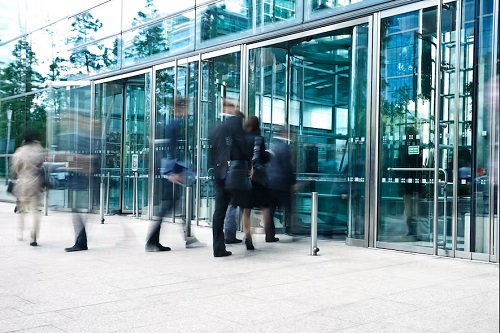8.26.22 – SIW – How to combat critical risk with integrated mass notification systems
Safety has always been a top concern in various environments, including schools, public places and workplaces. From cybersecurity and life safety to COVID-19 and active shooter protection, building administrators are continuously looking for new and improved methods for added safety, especially in light of recent events. In fact, in 2022 alone, there have already been more than 300 active shooter incidents in the U.S. as of July, making it more important than ever to understand and implement innovative and comprehensive security measures to ensure safety at all times.
For workplaces in particular, such as offices, manufacturing facilities, and hospitals, there are known challenges that can hinder safety, from improperly secured doorways to the malicious use of fire systems. These challenges are like those faced at schools due to the nature of their layout—campus style or a singular location—leading building administrators to re-evaluate their current systems and infrastructures and look to ensure that there’s a balance between life safety and security. This can be accomplished by integrating existing infrastructures and technology within buildings with the help of system integrators.

Proactively Addressing Vulnerabilities
There are three primary areas that are top of mind for system integrators when it comes to mitigating threats and helping to make workplace environments safer: denial of entry/access/opportunity, mitigation of extent, and rapidity of response. However, in most instances, malicious events at workplaces—including active shooter situations—are committed by someone familiar with the facility and those who have access to the site, meaning denial of entry has already failed. This makes mitigation of the extent of the event and the speed of response by emergency and law enforcement the most important two points of focus. What’s more, for buildings within the same campus complex, the notification speed of an incident in one building to alert another also increases in importance—eliminating threats to nearby facilities and public spaces. Once potential vulnerabilities that exist within and around the workplace are identified, it’s important to create a plan for protection, in the event that an incident happens.
Developing a Plan for Protection—And Scaling It
While developing the process for system integrations, the total number of buildings and their relative geography must be considered. As with any geographically dense complex of interrelated buildings, integrating disparate systems requires careful analysis. This analysis is completed through Risk Assessments prior to and during the integration process and should consider the importance of mass notification as an integral part of the solution.
In addition, workplaces should adopt the same principles of Alyssa’s Law for K-12 venues, where a mobile panic alert system capable of connecting diverse emergency services technologies to ensure real-time coordination between multiple first responder agencies is implemented. The implementation of an automated response tool can provide timely and specific information about an emergent situation, eliminates the potential of human error, and can help increase the rapidity of the notification process.
Integrating Existing Technology
Another option for building administrators looking for cost-effective systems that provide the most comprehensive protection is the integration between life safety and security systems that are already in place within a workplace. For example, with a properly designed integration, existing fire alarms can be integrated with security systems to send alerts about inclement weather, criminal activity, power outages, and other non-emergencies that require wide disbursement of information. There are also additional systems beyond fire alarms that should be considered for integration including intrusion detection, CCTV, access control, gunshot detection, and other mass alerting systems, either audible, visual or both.
When it comes to boosting safety and security in workplaces, it’s important to start with checking for potential vulnerabilities and evaluating technology on-site to maximize protection—and working with system integrators who have the right expertise can help streamline the process. Their main focus is on technology, and they can help enhance existing technology or implement new systems to deny opportunity, mitigate the magnitude of potential events, and increase emergency response to provide better protection.

About the author: Michael Crutchley is Business Development Manager at Convergint, a global leader in service-based systems integration, with over 25 years of experience in life safety systems including fire alarms, mass notification systems, CCTV, and more. Joining Convergint in 2019, Michael is an industry expert in security integration and strategy, field installation, and service sales.
